Last updated on Dec 06, 2023
How to Outline a Novel in 9 Easy Steps
The Reedsy Network
Reedsy's publishing freelancers come from all over the world and specialize in various disciplines, from editing to design.
View profile →This post is written by author and editor Kirsten Bakis. She’s an award-winning novelist with 25 years experience as a writing coach, developmental editor, and teacher.
Here’s the most important thing about novel outlines: If you write one, it will change before your last draft is done — probably a lot. This is because, whether you think of yourself as a plotter, pantser, or neither, your book is going to evolve as you write it. And that’s a good thing.
There are things you can’t know until you’ve drafted your novel — and you’ll learn even more when you revise. To quote George Saunders, “An artist works outside the realm of strict logic.” A book has to change and grow as you move through the process of creation.
Most of all, as you create your outline, don’t worry about things like whether your ideas are “good enough” to write about. This will get you stuck before you start. Award-winning author Nicholson Baker’s novel The Mezzanine is literally about a man going out to buy shoelaces on his office lunch break. If that plot can work, yours can too.
You’re going to find out a lot more about your ideas as you write. So don’t judge them, or yourself, at this stage. Many working writers I know actually prefer to outline after they have a draft, and it will be just as useful — or even more so.
So what’s a pre-drafting outline actually for? To get you started and give you a structure to hang your words on. In this post, I’ll share the key steps I've found most useful for outlining novels before writing the first draft.
How to outline a novel:
- 1. Choose your main character
- 2. Give your main character a big problem
- 3. Find a catalyst that sparks action
- 4. Set obstacles on their path
- 5. Define their biggest ordeal
- 6. Figure out a resolution
- 7. Pinpoint the character’s arc
- 8. Connect the end to the start of the story
- 9. Put your outline together
💡 Writing nonfiction? Follow these 3 steps to outline a nonfiction book instead.
1. Choose your main character
At the heart of almost every story is a main character who goes on a journey from Point A to Point B. This journey can be emotional, physical, or both. Your protagonist might travel to new lands; learn, change and grow as a person; or do all of those things.
For this first outline, choose one main character. Remember, this can always change later. You can even add multiple main characters, each with their own journey, after you’re done with this. But right now, start with one.
📝 To Do: Write down your main character’s name. If you struggle to find one, take this character's name generator for a spin. If you have lots of characters in mind and don’t know which one should be the protagonist, don’t freak out! Just choose one for now and go through this ten-minute outlining exercise to see what you get.
For this pre-draft outline, you just need their name. But to further develop your characters and keep track of their unique traits, download and print the free character profile template below.
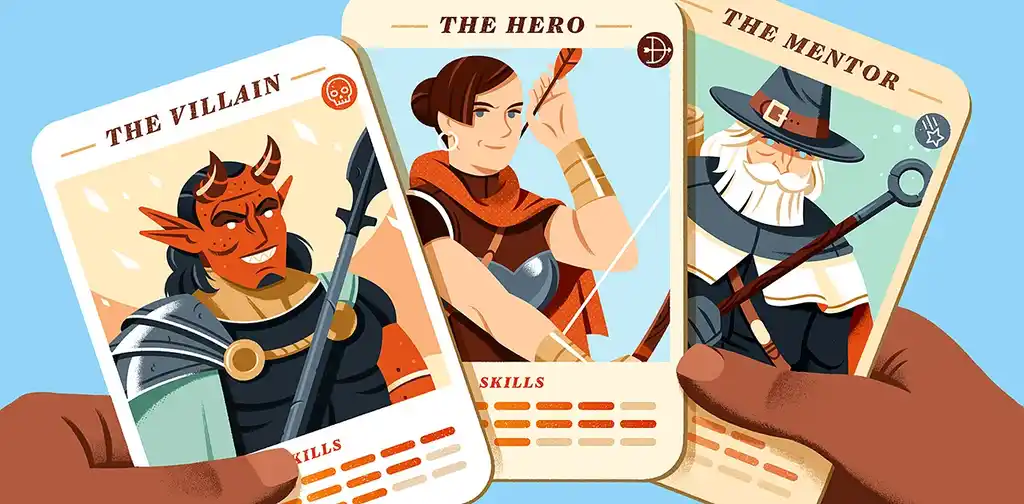
FREE RESOURCE
Reedsy’s Character Profile Template
A story is only as strong as its characters. Fill this out to develop yours.
2. Give your main character a big problem
You might already know a million problems your main character will face, or you might be coming up with all of this from scratch. Either way is fine! For this outline, choose one Big Problem. Or, if you prefer, choose a Big Goal.
These are two sides of the same coin: Their Big Problem is that they need to reach their Big Goal — and there are obstacles in the way. (Of course there are obstacles, because that’s your story! More on that below.)
Take Daniel Woodrell’s novel Winter’s Bone. The protagonist, Ree, learns that if her dad doesn’t show up for his court date, her family will lose their home.
Problem: Her family could lose the house.
Goal: Save their home by getting her father to show up in court.
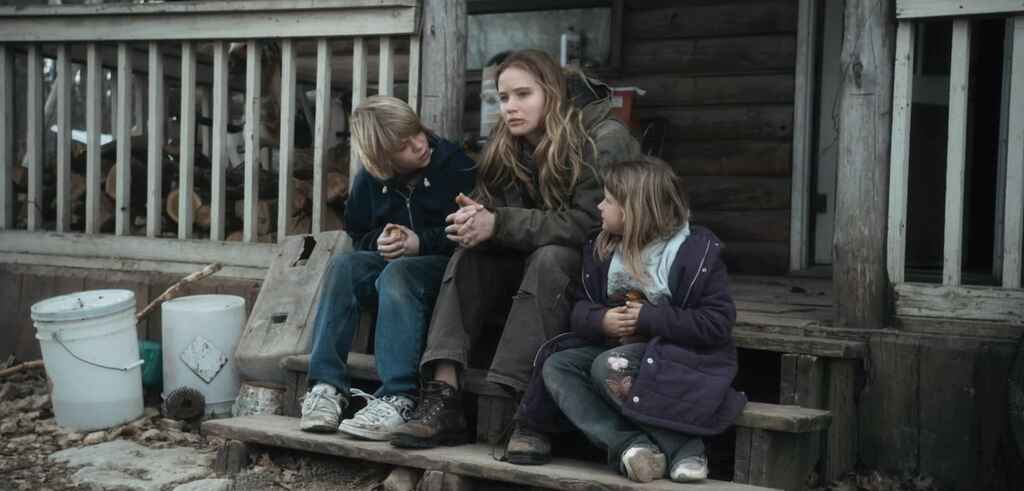
Ideally, your problem should have stakes that are high for the main character. For example, Ree’s family is so poor that their house is basically all they have. If they lose it, they lose everything.
On the other hand, maybe your main character’s problem is smaller — maybe they can’t comfortably wear their shoes until they have new shoelaces. That can work, too. The most important thing is that it matters to the character.
📝 To Do: Write down your main character’s main problem. Don’t get hung up on whether you’ve chosen the best one. Choose one and go. You can change this later. You can even give them a random problem to get yourself started.
3. Find a catalyst that sparks action
In most stories, there is usually a catalyst which sparks a series of actions. To find yours, answer this question: When does your character first realize they have this Big Problem (or Big Goal)? Does someone visit them and tell them they’re going to lose their house? Does their shoelace break?
📝 To Do: Describe this moment in one sentence. You can try Pixar writer Emma Coats’s formula: “Once upon a time there was _____. Every day _____. One day_____.” Your catalyst is the “one day” event — the occurrence that launches the story.
What’s the first action your character takes to move forward after the Catalyst? In Winter’s Bone, the deputy tells Bree she needs to find her dad or lose her house in Chapter Three — that’s the catalyst. In Chapter Five, she sets out on the first leg of her journey, to visit the uncle who might know his whereabouts — that’s her first action.

The Mezzanine is actually told slightly out of chronological order (a discussion for another post!) but we still see the same catalyst/action progression: At the start of Chapter Two, the narrator discovers his shoelace is broken; a few pages later he attempts to solve his problem by tying its two halves together.
Remember that your character’s first action won’t solve the Big Problem — otherwise the story would be over. It may be an attempt that will fail, or an action that will cause the next step to be revealed.
📝 To Do: Write one sentence to describe this action. We often like characters who are trying their best to get what they want. Having a protagonist who is active and determined — even if they make mistakes! — is a good way to keep readers engaged.
Outline your book with pro editors
John B.
Available to hire
I specialize in children's books because kids will be your best critics and biggest fans -- next to a good editor.
Lee N.
Available to hire
I am comics. I am thematic storytelling. I am writing and editing with intention. I am the process that helps creators achieve their goals.
Michael T.
Available to hire
Experienced, empathetic, knowledgeable. MS in Publishing. A decade at major houses Penguin Random House, W. W. Norton, Simon and Schuster.
4. Set obstacles on their path
Golden Age Hollywood director Billy Wilder famously described plot as: “Get your character up a tree. Throw rocks at them. Get them down.”
In Winter’s Bone, Ree’s family will lose her house if her dad doesn’t make his court date — that’s the tree she’s up. But she hasn’t seen him for ages, and no one knows — or maybe, no one wants to say — where he is. And: The more people she asks, the more she gets told to leave it alone and not try to find him — or else. These are the rocks that get thrown at her — the obstacles she faces on her journey.

📝 To Do: Write down three to five “rocks” for your main character. Bonus: Make them go from bad, to worse, to even worse. Don’t worry if you don’t immediately know what these should be. Make some up! Writing is truly just making stuff up, then changing it when you revise. Might as well start now.
5. Define their biggest ordeal
This is a key story beat in almost every story. It’s the moment when things look dark and hopeless. Your narrator has a goal, and there’s at least one scene where it appears there is absolutely no way they can ever, ever reach it. In the classic novel structure called the 12 stages of The Hero’s Journey, this is the one called The Ordeal. In film, this stage is often referred to as the “All is Lost” moment.
Think back to the last book you read. Was there at least one point, somewhere in the second half, where the main character seemed about to give up? It could have been a life-or-death situation; or it could have been a scene where they just felt discouraged and like they weren’t going to solve their problem/reach their goal.
If your character is up a tree having rocks thrown at them, this plot point is the biggest rock of all.
📝 To Do: In one sentence, what is the “all is lost” moment in your story. You know the drill by now! Don’t overthink this — just throw down one idea, any idea, even if it’s a terrible one. This will give you something to revise later. I cannot overstate the mystical, magical power of giving yourself something to revise, no matter what it is.
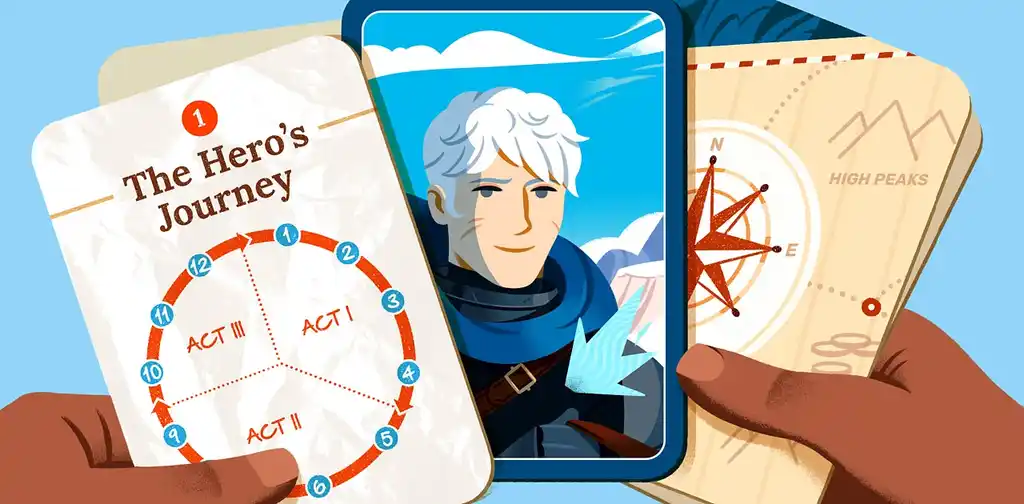
FREE RESOURCE
Hero's Journey Template
Plot your character's journey with our step-by-step template.
6. Figure out a resolution
How is your character going to get out of this situation? This is one of those questions you might not really answer until you’ve written your draft, but come up with something to start with.
Here’s a trick: Make a quick list of your character’s wants vs needs. Often after “All is Lost,” is the moment the character realizes they truly won’t get what they want — but that they will get what they need instead. In The Wizard of Oz, this is the moment Dorothy realizes the Wizard won’t get her back home, after she’s worked so hard — but she’s had the power to do it all along with the ruby slippers, she just didn’t know it.
Bestselling author Caroline Leavitt discusses wants vs needs during a Reedsy Live. Leavitt uses the example of Nick Carraway in The Great Gatsby thinking that if he can just have money and get into Gatsby’s world, he’ll find happiness. The “All is Lost” moment is when Gatsby is murdered. By the end, Nick realizes that world is actually empty — and he walks away. He’s found his solution, but it isn’t what he thought it was going to be at the start of the story.

So when you think of how your character will get out of their darkest moment, ask them if there’s something they need to understand about themselves — understanding it might be their way out.
📝 To Do: Write one to three sentences about how your character gets out of the “All is Lost Moment” and begins to solve their problem. This could be one of your hardest plot points to figure out ahead of time, so again, no pressuring yourself to make it perfect. You can even leave this blank if you need to for now.
7. Pinpoint the character’s arc
The character’s progression (known as their arc) refers to the transformation of the protagonist from the start to the end of the story. It highlights the evolution of the character as a result of the challenges and experiences they face. Identifying and outlining this arc is a crucial aspect of developing your story.
Here’s a simple, incredibly useful exercise from Rachael Herron’s Fast-Draft Your Memoir that also works for novels.
📝 To Do: In your main character’s voice, fill in these blanks:
I started out _______.
I ended up _______.
Bonus: Do that three more times — quickly. This will give you more information about your character’s journey. Be specific. If they started out sad and they ended up happy, what made that difference? A new job, a new love, a new sense of self-acceptance?
8. Connect the end to the start of the story
Tana French’s literary thriller In the Woods begins and ends with a description of the main character experiencing the same patch of woods — first in a seemingly perfect summer when he's a kid; then twenty years later, when he’s grown up. You could see these parallel first and last scenes as “bookends.”
The narrator's situation in the last scene is very different from the first, in every way, from his age, to the landscape’s appearance, to the weather, to his mood and actions. These physical changes reflect the journey he went on over the course of the book.

You don’t have to set your first and last scenes in the same location, but this is a great thought exercise to show yourself how much the main character changes, and how. Or, instead of using a location, try an object — say, a doll that the narrator plays with as a child on page one, that we see on the shelf in their own kid’s room on the last page.
📝 To Do: Make it visual. Look at your fill-in-the-blanks exercise and quickly describe two bookend scenes that would show your character’s transformation. You don’t have to use these exact images in your novel. This is to give you a visual A-to-B journey to track as you write. But you’ll find they’ll help you create a strong beginning and ending.
9. Put your outline together
Congratulations: You just created nine key plot points for your novel! Take a minute to celebrate.
The final step is to create your outline. I love to do this with sticky notes which can then be arranged (and rearranged) on a wall, table, or trifold board. You could also use index cards or just type your notes into a document. It’s key to keep your scene descriptions short, though — one reason why sticky notes or cards are helpful.
📝 To Do: Get your pack of sticky notes, and quickly jot down one sentence to describe each of these key plot points:
- Opening: You can use the first “bookend” you just created.
- Catalyst: Put your Catalyst moment here.
- Action: Put your character’s first action towards their Big Goal here.
- Rocks 1 through 3: The scenes where your character encounters the obstacles or “rocks” you described above. This step should create three separate scenes.
- The Big Rock: This is the all-is-lost scene you came up with above.
- Resolution: The Solution you came up with above.
- Last scene: For this, use the closing bookend scene you created.
You now have a map of nine key scenes. Choose a spot that works for you — like a section of wall near where you write, a bulletin board, or a table — and arrange them in order. Behold your novel outline! You did it!
💡 You can easily create these nine steps in Reedsy's writing app, where you can also write and format your manuscript.
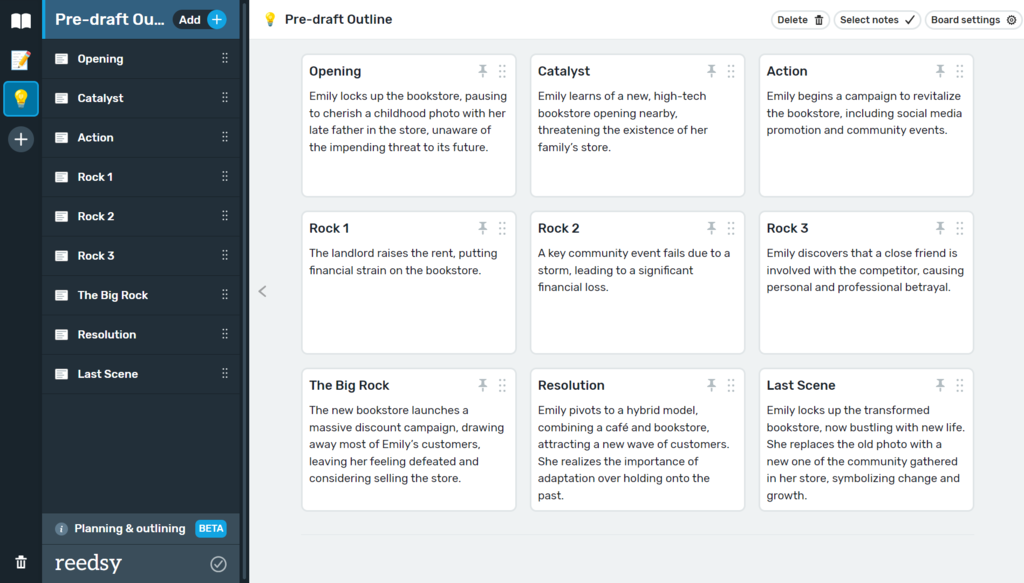
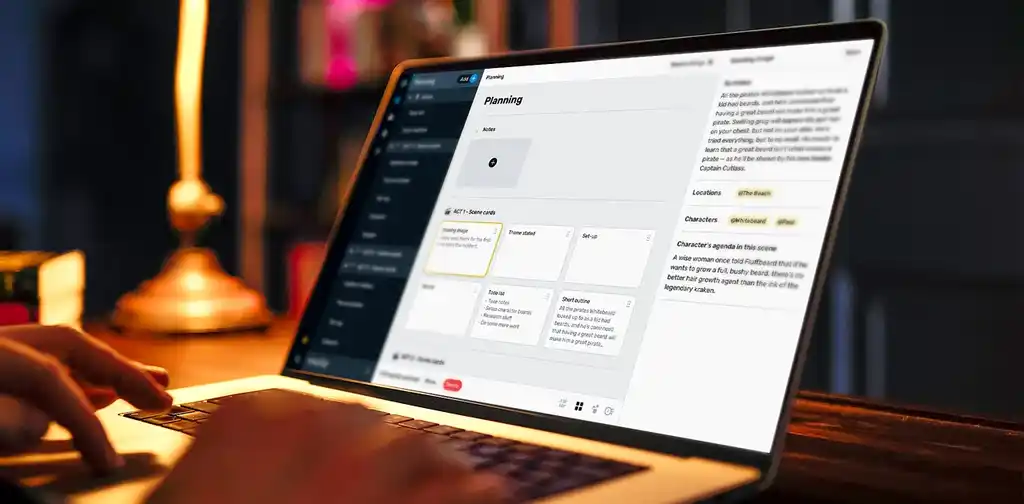
FREE OUTLINING APP
Reedsy Studio
Use the Boards feature to plan, organize, or research anything.
You can add other scenes later if you choose, such as act breaks, depending on which blueprint you’d like to use — but you don’t need to. You can start your draft right now using these plot points as guideposts.
The most important thing is to remember that when you start writing, your story will change. You may find your initial outline ideas don’t quite fit, and that’s okay — it’s a good thing. It means you’re on the unpredictable, creative journey of writing a novel. Remember what George Saunders said about working outside the realm of logic.
When you’re done with your draft, sit down with this template and do the exercises again, using what you’ve written, and you’ll be amazed at how your understanding of the plot points — and your story as a whole — has evolved and grown. Now go write that draft!
 Kirsten Bakis is an award-winning novelist with over 25 years experience as a writing coach, developmental editor, and writing teacher. She studied at the Iowa Writers’ Workshop and currently teaches at the Yale Writers’ Workshop. Her new novel, KING NYX, a dark literary thriller, is forthcoming from Liveright/Norton in February 2024.
Kirsten Bakis is an award-winning novelist with over 25 years experience as a writing coach, developmental editor, and writing teacher. She studied at the Iowa Writers’ Workshop and currently teaches at the Yale Writers’ Workshop. Her new novel, KING NYX, a dark literary thriller, is forthcoming from Liveright/Norton in February 2024.


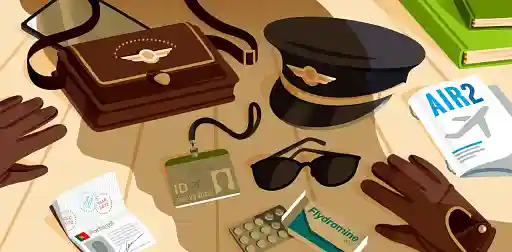
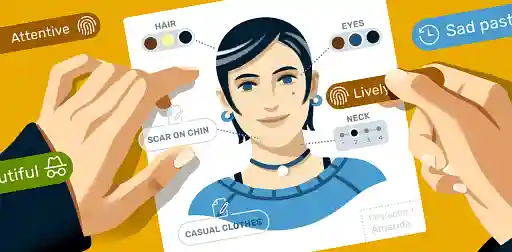
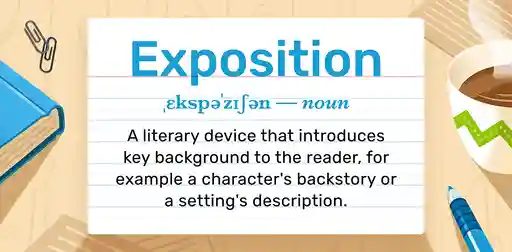
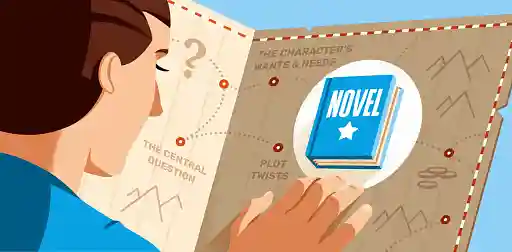
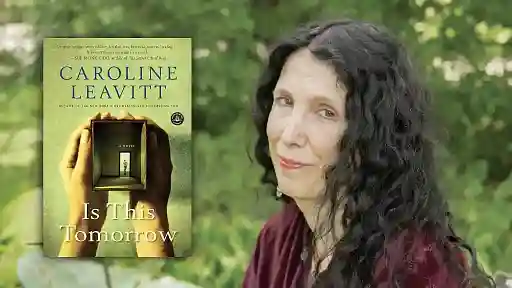
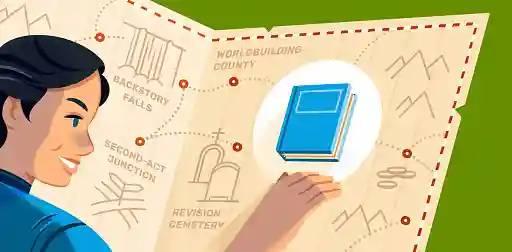


3 responses
Bhakti Mahambre says:
12/06/2018 – 08:19
An informative article along with useful story development aids, I heartily thank Reedsy for their efforts to put this together! #mewriting
Robintvale says:
08/05/2019 – 12:28
Whew so much to read on here I'm at the Premise right now and didn't even have to look at the links to finish it. :D I must be getting somewhere then! (Trying to fix a mostly written book that has a few hick ups. [Merryn] must [steal the book of P. with the trapped god] to [bring it back to the elder adapts back home in Dentree.] or else [Her and everyone else will disappear as the crazed and corrupted god will restart the world.]
kwesi Baah says:
08/02/2020 – 04:30
Reedsy is and I think will be the best thing that has happened to my writing career . thank you so much in so many ways .........i Love Reedsy